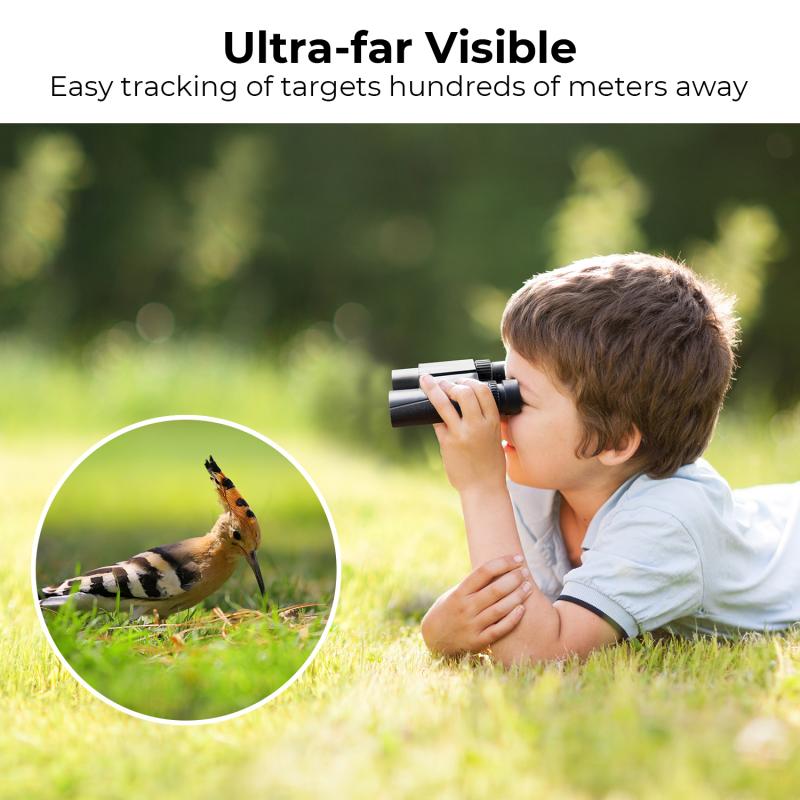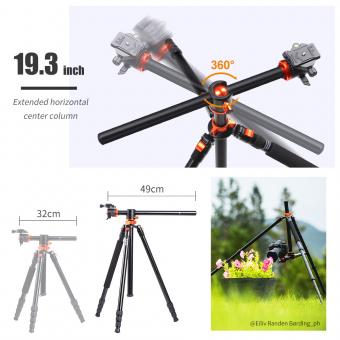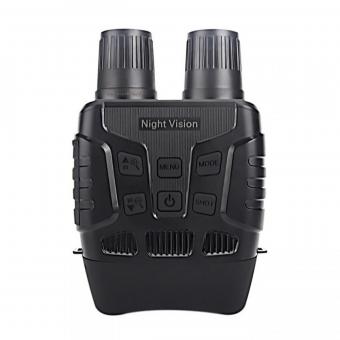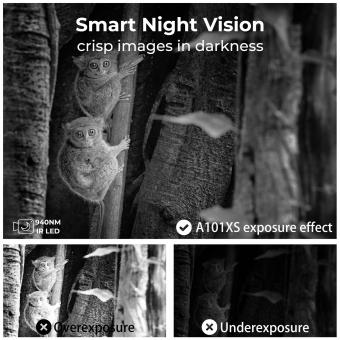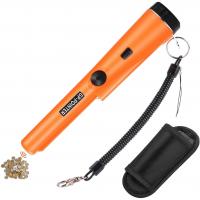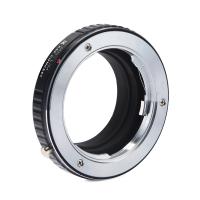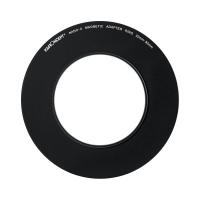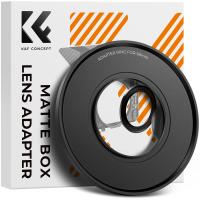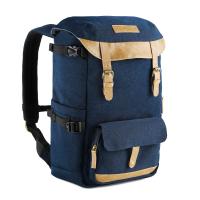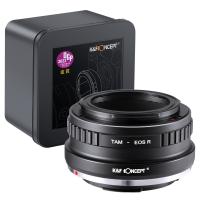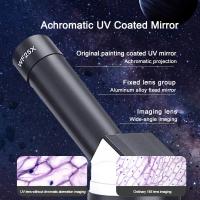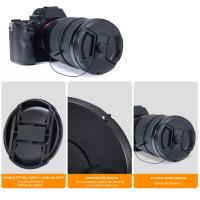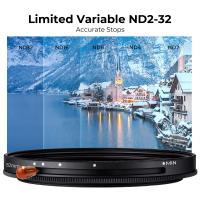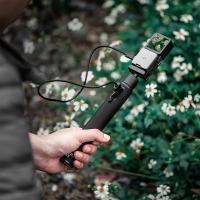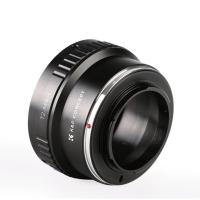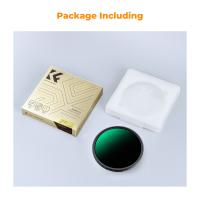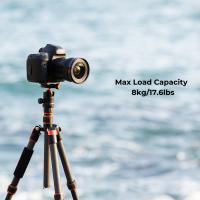How To Buy A Binocular ?
To buy a binocular, you should first determine your intended use and budget. Consider the magnification and objective lens size needed for your specific activity, such as bird watching or stargazing. Look for binoculars with high-quality optics and coatings to ensure clear and bright images. Check for features such as waterproofing and durability if you plan to use them in rugged environments. Read reviews and compare prices from reputable retailers before making a purchase.
1、 Magnification and Objective Lens Diameter
Magnification and Objective Lens Diameter are two important factors to consider when buying a binocular. Magnification refers to the degree to which the image is enlarged, while objective lens diameter refers to the size of the front lens element. These two factors determine the quality of the image you will see through the binoculars.
When buying a binocular, it is important to consider the intended use. If you plan to use the binoculars for bird watching or other outdoor activities, a magnification of 8x or 10x and an objective lens diameter of 42mm or 50mm would be ideal. This will provide a clear and bright image, even in low light conditions.
It is also important to consider the quality of the optics. Look for binoculars with high-quality lenses and coatings that reduce glare and improve image clarity. Additionally, consider the weight and size of the binoculars, as well as the durability of the construction.
In today's market, there are many options available for binoculars, including those with image stabilization and digital features. These can be useful for certain activities, but may not be necessary for general use.
Overall, when buying a binocular, consider the intended use, magnification, objective lens diameter, quality of optics, weight and size, and durability of construction. With these factors in mind, you can find the perfect binoculars for your needs.
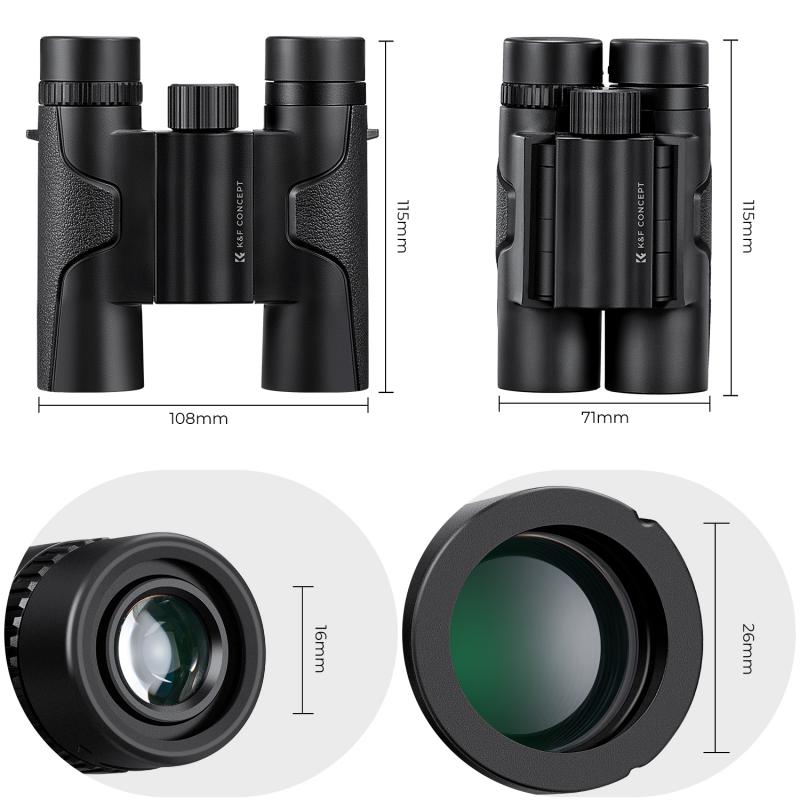
2、 Prism Type
When it comes to buying a binocular, one of the most important factors to consider is the prism type. There are two main types of prisms used in binoculars: roof prisms and porro prisms. Roof prisms are more compact and durable, while porro prisms offer better image quality and a wider field of view.
To buy a binocular with a prism type that suits your needs, you should first consider what you will be using it for. If you plan on using your binoculars for outdoor activities like hiking or birdwatching, a roof prism binocular may be a better choice due to its compact size and durability. However, if you are looking for a binocular with better image quality and a wider field of view, a porro prism binocular may be a better option.
When shopping for a binocular, it is also important to consider the quality of the prism. High-quality prisms will provide a clearer and brighter image, while lower quality prisms may result in a dimmer or distorted image.
In addition to the prism type and quality, other factors to consider when buying a binocular include the magnification, objective lens size, and overall build quality. It is also important to consider your budget and choose a binocular that fits within your price range.
Overall, when buying a binocular with a prism type, it is important to consider your specific needs and choose a binocular that offers the best combination of quality, durability, and performance for your intended use.
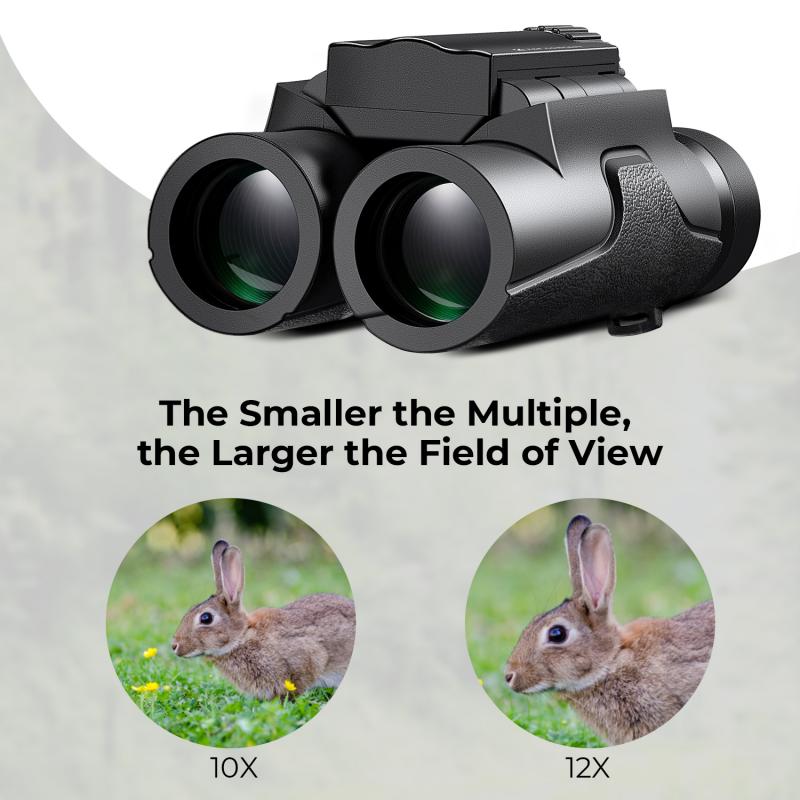
3、 Coatings
When buying a binocular, one of the most important factors to consider is the coatings on the lenses. Coatings are applied to the lenses to improve image quality by reducing glare, increasing contrast, and enhancing color fidelity. There are several types of coatings available, including fully coated, multi-coated, and fully multi-coated.
Fully coated binoculars have a single layer of coating on the objective lens and eyepiece. While they are the most affordable option, they may not provide the best image quality, especially in low light conditions.
Multi-coated binoculars have multiple layers of coating on the objective lens and eyepiece. This type of coating provides better image quality than fully coated binoculars, especially in low light conditions.
Fully multi-coated binoculars have multiple layers of coating on all air-to-glass surfaces. This type of coating provides the best image quality, especially in low light conditions.
When buying a binocular, it is important to consider the type of coating that is best suited for your needs. If you plan to use your binoculars in low light conditions, fully multi-coated binoculars may be the best option. However, if you are on a budget, fully coated or multi-coated binoculars may be a more affordable option.
It is also important to note that the quality of the coatings can vary between manufacturers. Some manufacturers use higher quality coatings than others, which can affect the image quality of the binoculars. It is important to do your research and read reviews before making a purchase to ensure that you are getting the best quality coatings for your money.

4、 Eye Relief
How to buy a binocular:
1. Determine your budget: Binoculars can range from a few dollars to thousands of dollars. Determine how much you are willing to spend before you start shopping.
2. Decide on the purpose: Are you using the binoculars for bird watching, hunting, or stargazing? Different activities require different types of binoculars.
3. Magnification: Binoculars come in different magnifications, such as 8x or 10x. The higher the magnification, the more difficult it is to hold the binoculars steady.
4. Objective lens size: The objective lens is the lens at the front of the binoculars. The larger the objective lens, the more light the binoculars can gather, resulting in a brighter image.
5. Eye Relief: Eye relief is the distance between the eyepiece and your eye when the entire field of view is visible. This is important for people who wear glasses. Look for binoculars with a long eye relief if you wear glasses.
6. Brand and quality: Look for reputable brands with good reviews. Quality binoculars will last longer and provide better images.
7. Try before you buy: If possible, try out different binoculars before making a purchase. This will give you a better idea of what you like and what works best for you.
In addition to these traditional factors, the latest point of view in buying binoculars is to consider the technology used in the binoculars. Some binoculars now come with image stabilization technology, which helps to reduce shaking and provide a clearer image. Others have built-in cameras, allowing you to take photos or videos through the binoculars. These features may come at a higher cost, but they can enhance your viewing experience.
